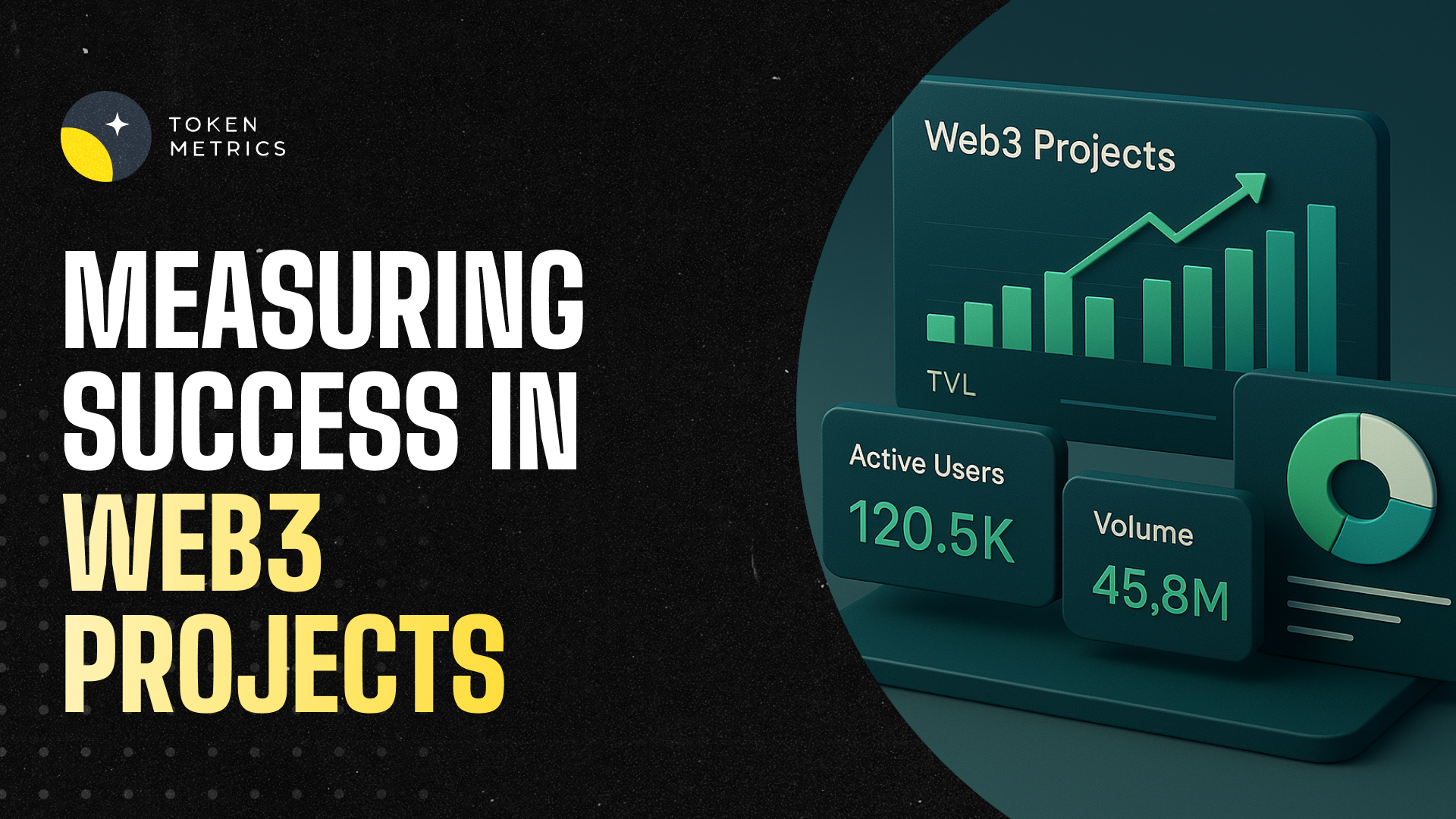
Starting Crypto Trading: A Beginner’s Guide with Token Metrics for Smarter Decisions
.png)
Cryptocurrency trading offers exciting opportunities but can be daunting for beginners. If you’re wondering how to start crypto trading, this guide breaks down the essential steps and shows how integrating Token Metrics’ AI-powered analytics can help you trade smarter and more confidently.
Step 1: Understand What Crypto Trading Is
Crypto trading involves buying and selling digital currencies like Bitcoin, Ethereum, or altcoins to profit from price changes. You can trade by speculating on price movements through CFD (Contract for Difference) accounts or by buying and selling actual coins on exchanges. CFDs allow you to go long or short without owning the coins, while exchanges require you to hold the assets directly.
Step 2: Open and Fund a Trading Account
To begin, open a cryptocurrency trading account with a reputable broker or platform that supports your preferred trading method. Examples include Coinbase, eToro, or brokers offering crypto CFDs like AvaTrade. After registration, fund your account via bank transfer, credit card, or e-wallet, ensuring you only invest money you can afford to lose due to the market’s volatility.
Step 3: Choose a Cryptocurrency to Trade
Select the cryptocurrency you want to trade based on your research and goals. Popular choices include Bitcoin (BTC) and Ethereum (ETH), but many traders explore smaller altcoins for higher growth potential. Your choice should align with your risk tolerance and trading strategy.
Step 4: Analyze the Market and Identify Trading Opportunities
Effective crypto trading relies on thorough market analysis. This includes:
- Technical Analysis: Using charts and indicators to spot trends and price patterns.
- Fundamental Analysis: Evaluating the underlying value and news affecting the cryptocurrency.
- Sentiment Analysis: Gauging market mood through social media and news.
This is where Token Metrics becomes invaluable. Token Metrics is an AI-driven crypto analytics platform that simplifies research by providing real-time, data-backed insights. Its AI analyzes price action, on-chain metrics, social sentiment, and developer activity to generate clear buy and sell signals. With Token Metrics’ TradingView Indicator, traders get visual Long/Short signals and trend analysis directly on their charts, helping them spot high-probability trades.
Step 5: Decide Whether to Go Long or Short and Manage Your Risk
Based on your analysis, decide if you expect the price to rise (go long) or fall (go short). Always use risk management tools like stop-loss and take-profit orders to protect your capital. Token Metrics’ platform also offers portfolio analytics and alerts, helping you manage risk and optimize your holdings.
Step 6: Place and Monitor Your Trade
With your strategy set, execute your trade. Token Metrics recently launched Trading on Token Metrics, an integrated on-chain trading feature that lets you trade cryptocurrencies directly on their platform. This seamless connection between research and execution allows you to act quickly on AI-generated signals without switching platforms. It supports multi-chain swaps across various blockchains, ensuring optimal pricing and liquidity.
After placing your trade, monitor market conditions and adjust your positions as needed. Token Metrics’ AI Agent can provide ongoing market insights and personalized recommendations, helping you stay ahead in the fast-moving crypto market.
Why Use Token Metrics to Start Crypto Trading?
Starting crypto trading can be overwhelming, but Token Metrics combines powerful AI analytics with integrated trading tools to simplify the process. From deep research and actionable signals to direct trade execution, Token Metrics equips beginners and experienced traders alike with the tools to trade smarter, reduce risks, and seize opportunities faster.
Ready to start your crypto trading journey with confidence? Explore Token Metrics today and harness AI-driven insights to boost your trading success.

.svg)

Create Your Free Token Metrics Account

.png)




%201.svg)
%201.svg)


%201.svg)









.svg)




.png)